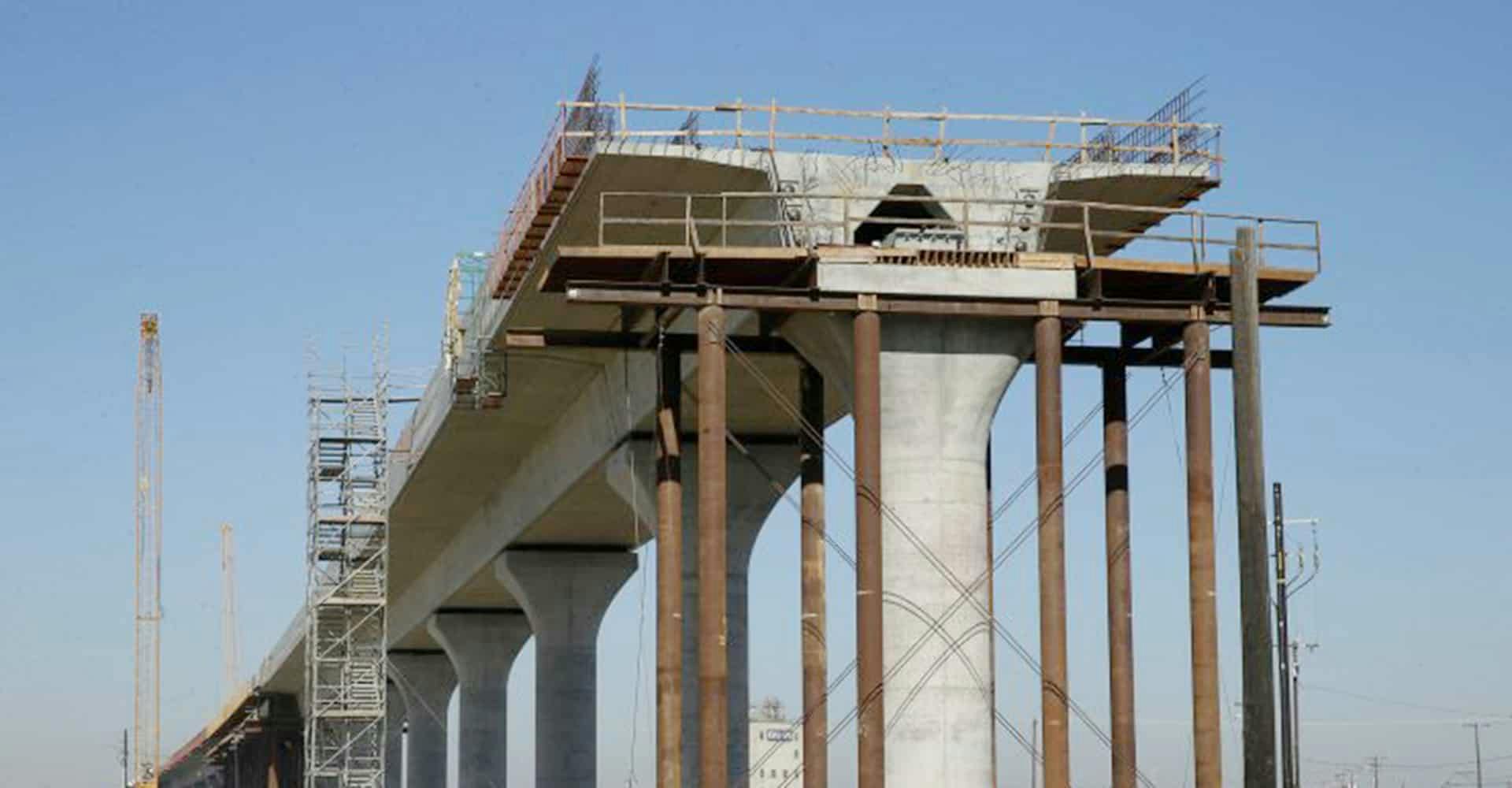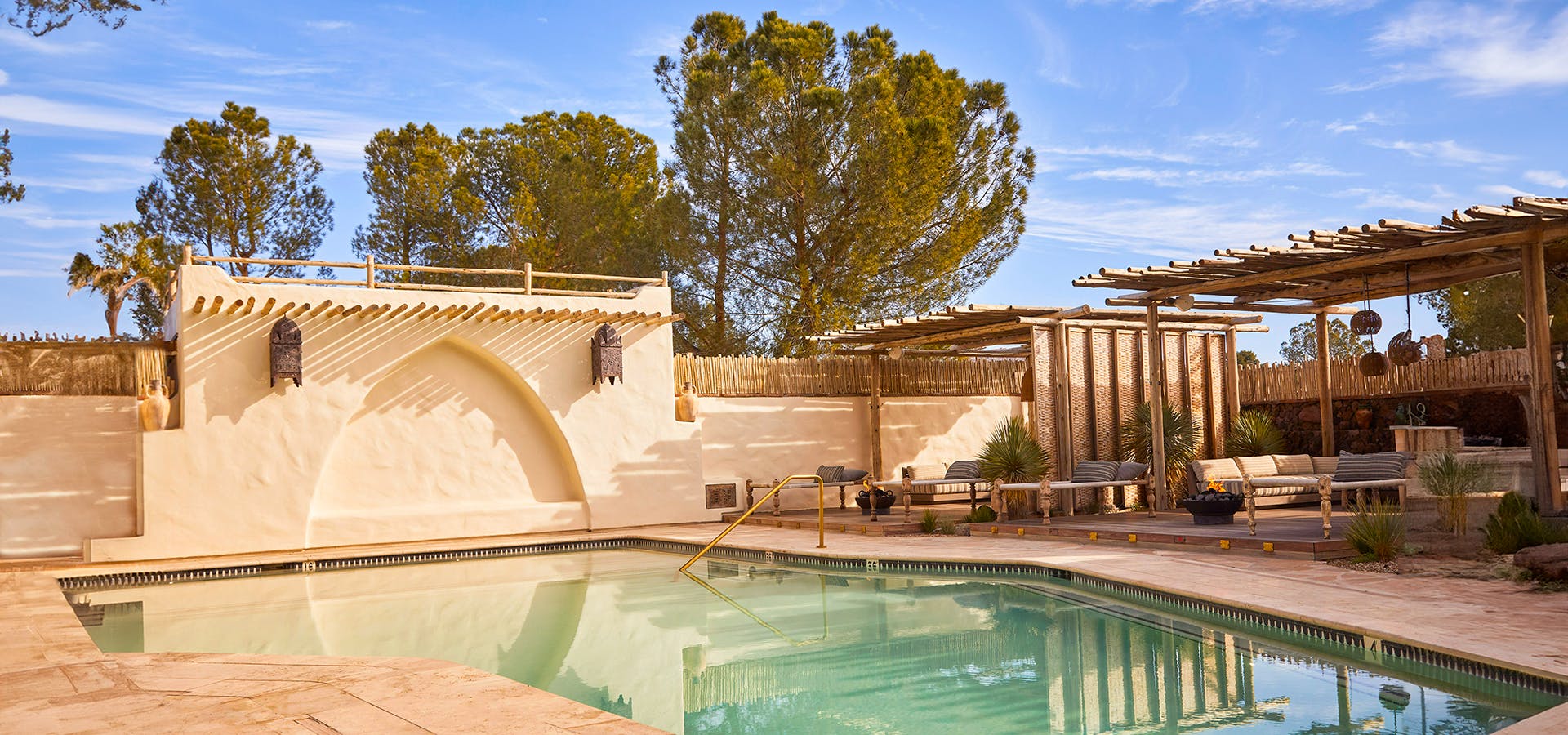When Governor Gavin Newsom announced a few weeks ago that California would limit the expansion of the in-progress high-speed rail system from San Francisco to Los Angeles (for now), many supporters of the projected questioned if the move signaled impending death. While Newsom has since clarified that the project is indeed still on, he’s focused on completing the Merced to Bakersfield stretch for the time being and will reevaluate plans to extend to SF and LA at a later date.
His move comes a decade after Californians approved a ballot measure that would allow $10 billion toward a $38 billion project slated for completion by 2029. Over those 10 years, the project has been plagued by lawsuits, delays and rising costs, putting the effort in serious peril. To make matters worse, the Trump administration threatened to pull federal funding for the project on the heels of Newsom’s announcement.
Ethan Elkind, a transportation scholar at the Center for Law, Energy and the Environment at UC Berkeley Law, told Curbed LA there may be a better way for California to get its high speed rail line by breaking it up into six separate regional projects and connecting them.
“Getting all six segments finished would absolutely mean authoring new ballot or bond measures, finding private developers, or seeking additional federal funding streams. But California could look to Texas’s Dallas to Houston train for inspiration, where a Japanese-backed private developer, Texas Central, is building a high-speed route linking two of the largest metropolitan areas in the country, with just one stop midway between them.
“That’s not how California’s train was originally sold. Politicians—including Newsom in his speech—talk a lot about ‘unlocking’ economic development in the Central Valley with high-speed rail. The reason that construction began in the Central Valley cities was to make the project more palatable to skeptical constituents in largely Republican districts. In addition to the investment in the state’s lower-income communities, the train has been positioned in a way to create access to jobs in San Francisco and LA.
“Elkind argues that the real goal here should be to add more jobs in Fresno and Bakersfield, not necessarily to turn these cities into exurbs of San Francisco and LA.
“If this becomes a sprawl-generator for the Central Valley, this project is a disaster,” he says. “It’s dystopian.”
Read more about Elkind’s proposed solution here.










